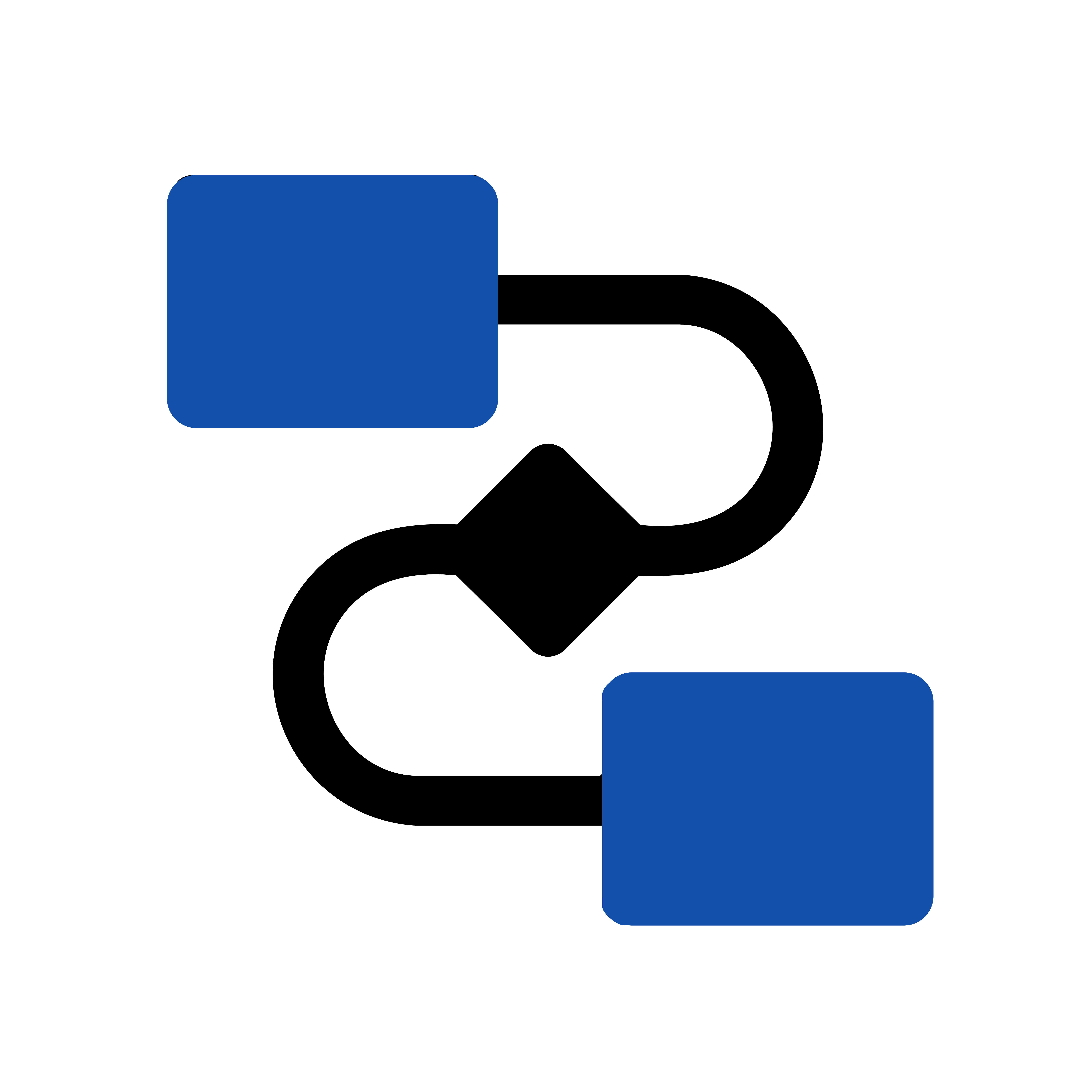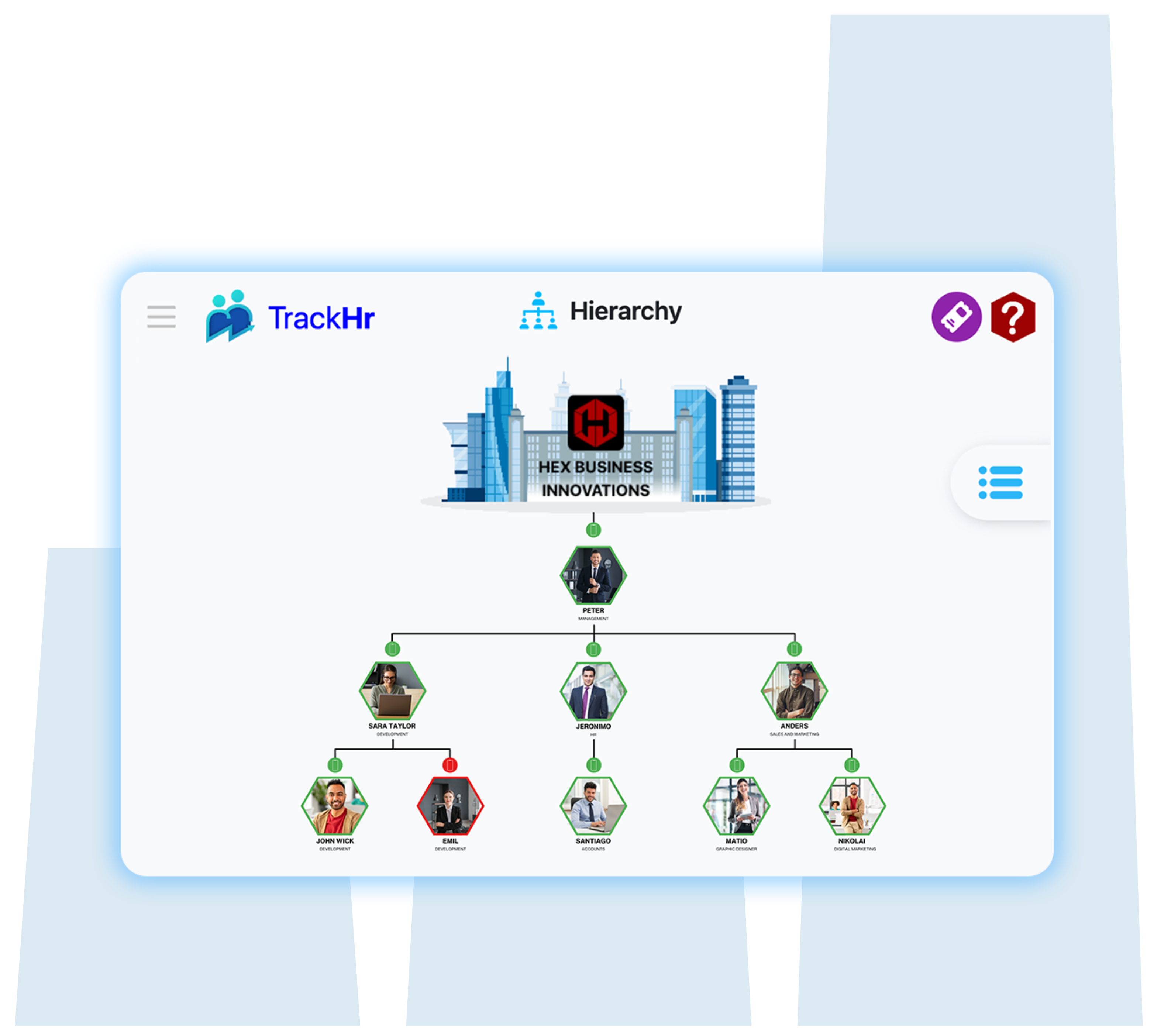Thursday, 07 March 2024
The Power of Performance Management in Employee Development
Table of contents
• Introduction
• The Importance of Performance Management
• The Role of Goal Setting
• Effective Communication in Performance Management
• Recognition and Rewards
• Continuous Learning and Development
• Conclusion
Introduction
So, you want to learn about the power of performance management in employee development, huh? Well, you’ve come to the right place! Buckle up, because we’re about to dive into this topic and explore the key points that make performance management oh-so-important. Performance management is a vital tool for any organization looking to maximize its employees’ potential. By setting clear expectations, identifying strengths and weaknesses, and providing constructive feedback, companies can create a roadmap for success. And hey, who doesn’t love a good roadmap, right? But wait, there’s more! Goal setting plays a crucial role too. When goals are measurable and aligned with organizational objectives, employees are motivated to reach new heights. And let’s not forget about tracking progress and making adjustments along the way – because, let’s face it, life loves to throw curveballs. Effective communication is another game-changer. Regular check-ins, active listening, and open dialogue set the stage for transparent conversations. And while we’re at it, addressing performance issues head-on helps in conquering those pesky roadblocks. Let’s not forget the icing on the cake – recognition and rewards. Celebrating achievements, offering incentives, and promoting a positive work culture goes a long way in keeping employees happy and motivated. Who doesn’t like a pat on the back or a high-five every now and then? Last but not least, continuous learning and development. Offering training opportunities, mentoring, and creating a learning environment ensures that employees are always evolving. After all, learning is a lifelong journey. Whew! We covered a lot in just a few paragraphs! Now that you have a taste of what’s to come, let’s dig deeper into each of these points and unlock the true power of performance management. Get ready for an exhilarating ride!
The Importance of Performance Management System
The Importance of Performance Management Welcome, my curious readers, to this intriguing exploration of the power of performance management in employee development! Yes, ladies and gentlemen, today we’re diving deep into the realm of setting clear expectations, identifying strengths and weaknesses, and providing constructive feedback. Buckle up, because it’s going to be a wild ride! First things first, let’s talk about expectations. You see, setting clear expectations is like giving someone a map to navigate through a dense forest. Without it, they’ll be stumbling around blindly, and we all know how that ends. By establishing clear goals and objectives, employees know exactly what’s expected of them, what milestones to achieve, and how they fit into the bigger picture. It’s like handing them a flashlight in that dark forest. Next up, strengths and weaknesses. We’re all uniquely flawed creatures, aren’t we? That’s why it’s crucial to identify both the areas where employees shine and the ones where they could use a little boost. It’s like uncovering hidden treasure and helping them polish their diamonds-in-the-rough. By recognizing and harnessing their strengths, while also addressing their weaknesses, we’re essentially creating a Dream Team capable of conquering any challenge. But wait, there’s more! Constructive feedback, the gift that keeps on giving. Imagine Picasso working on a masterpiece, and no one saying a word about the wonky nose or the misplaced ear. How would he ever improve? Feedback, my friends, is the fuel that powers growth. By providing thoughtful and constructive feedback, we’re not only acknowledging their efforts but also guiding them towards becoming the best versions of themselves. It’s like shining a spotlight on their canvas and giving them the tools to bring their art to life. So, my dear readers, as we bid adieu to this section on the importance of performance management, let us not forget the significance of setting clear expectations, identifying strengths and weaknesses, and providing constructive feedback. Remember, it’s like navigating through a forest armed with a map, uncovering hidden treasure, and guiding an artist towards their masterpiece. Stay tuned for more exhilarating insights in the upcoming sections!
The Role of Goal Setting
The Role of Goal Setting Ah, goals. Those little targets we set for ourselves to keep us motivated and accountable. They’re like those pesky little to-do lists that haunt us every day, reminding us of all the things we need to accomplish. But hey, they’re important, especially in the context of performance management and employee development. Creating Measurable Objectives: When it comes to goal setting, it’s essential to make them SMART – Specific, Measurable, Achievable, Relevant, and Time-bound. Because let’s face it, vague goals are about as useful as a chocolate teapot. By making objectives measurable, you can track progress and evaluate performance effectively. After all, if you can’t measure it, how can you manage it? Aligning Goals with Organizational Objectives: Aligning personal goals with organizational objectives is like finally finding the perfect outfit that matches your shoes. It’s a harmonious blend of individual aspirations and company vision. When employees have a clear understanding of how their goals contribute to the bigger picture, they become more engaged and motivated. Plus, it ensures that everyone is moving in the same direction, like synchronized swimmers in a pool of productivity. Tracking Progress and Making Adjustments: Just like life, goals are ever-evolving creatures. They change, adapt, and grow along the way. That’s why it’s crucial to track progress and make adjustments as needed. Think of it as a GPS system for success. By regularly checking in, assessing performance, and making necessary tweaks, you can ensure that your goals stay relevant and aligned with the changing dynamics of the business landscape. So, why is goal setting so crucial in performance management and employee development? Well, without clear objectives, employees can wander aimlessly like lost puppies in a maze. By setting measurable objectives, aligning them with organizational goals, and tracking progress, managers can effectively guide their team members towards success. It’s like being a tour guide in the crazy adventure called work-life. And remember, goals are not etched in stone. They can change and evolve as circumstances change. So don’t be afraid to adjust and pivot along the way. After all, the only constant in life is change, and your goals should be able to adapt to it. So go ahead, set those goals, and let the magic of performance management unfold. Trust me; it’s a journey worth embarking on.
Effective Communication in Performance Management
Introduction: Performance management plays a crucial role in employee development. It helps organizations in setting clear expectations, identifying strengths and weaknesses, providing constructive feedback, setting goals, encouraging effective communication, recognizing achievements, and promoting continuous learning and development. In this blog, we will dive into the importance of effective communication in performance management and explore ways to enhance it for better employee development. The Importance of Effective Communication in Performance Management: When it comes to performance management, effective communication acts as the glue that holds everything together. Without it, the whole system falls apart faster than a stack of cards in an earthquake. So, let’s take a look at the key points that make communication the superhero in this employee development saga. Regular Check-Ins and One-on-Ones: Do you know what’s worse than an awkward family reunion? A performance review meeting without any prior communication. Regular check-ins and one-on-ones provide a platform for managers and employees to discuss progress, challenges, and goals. It’s like having a mini pep talk session with your boss, minus the sweaty palms and forced enthusiasm. Active Listening and Open Dialogue: Just like those “Hear No Evil, Speak No Evil” monkeys, active listening and open dialogue are the backbone of effective communication in performance management. It’s not enough to listen; you must listen attentively, decode those non-verbal cues, and nod like you’re auditioning for a bobblehead role. And when it’s your turn to talk, keep the conversation flowing like a never-ending river of ideas. Addressing Performance Issues: If an elephant is causing havoc in the room, no one benefits from pretending it’s just a cute little poodle. Addressing performance issues head-on is essential for growth and development. It’s not about pointing fingers or playing the blame game; it’s about addressing concerns, finding solutions, and turning that elephant-sized problem into a manageable hamster. In a nutshell, effective communication in performance management is all about being a master of conversations. It’s about listening, understanding, and addressing concerns. So, let’s put on our communication capes and take flight towards a more productive and growth-oriented workplace. But hold on, our journey is not over yet. We still have a lot to explore in the realm of performance management and employee development. So, buckle up, grab some popcorn (or kale chips if you’re on a healthy kick), and let’s continue our adventure towards unleashing the power of performance management in employee development. Stay tuned for our next chapter: “Recognition and Rewards.” Cue the dramatic music.
Recognition and Rewards
Ah, recognition and rewards, the magical duo that can turn any ordinary employee into a rockstar! Let’s dive right into the world of celebrating achievements, incentives, and promoting a positive work culture. First off, celebrating achievements. Who doesn’t love being praised for their hard work? It’s like a warm hug for your ego. And you know what they say, happy employees are productive employees. So, throw a party, give a pat on the back, or even write a personalized thank-you note. Just make sure you don’t get too carried away with the confetti cannons. Safety first! Now, let’s talk about incentives and rewards. Money talks, my friend. Offering bonuses, raises, or even fancy vacation packages can be a great motivator for employees to give their best. Plus, it gives them something to look forward to when work gets tough. Just make sure you don’t get too stingy with the rewards. We want employees to feel appreciated, not cheated. And last but not least, promoting a positive work culture. Remember that catchy quote, “You are the average of the five people you spend the most time with”? Well, the same goes for work environments. If your office is filled with grumpy Gus’s and Debbie Downers, it’s not going to inspire greatness. Foster a positive vibe by encouraging teamwork, collaboration, and open communication. Oh, and don’t forget to throw in some fun team-building activities. Nobody likes a dull and serious workplace. So there you have it – the power of recognition and rewards. Celebrate achievements, offer enticing incentives, and create a positive work culture. Your employees will feel valued, motivated, and ready to conquer the world (or at least their to-do lists). Now go forth and be the Captain Awesome of employee development! Now, onwards to the next heading!
Continuous Learning and Development
Continuous Learning and Development is a crucial aspect of employee growth, mainly because dinosaurs weren’t big fans of change and look where that got them! In today’s rapidly evolving world, staying stagnant is as uncool as wearing socks with sandals. So, let’s dive into the key points of this magical journey: Training and Skill Enhancement: Picture this – you’re a snail trying to outrun a cheetah. Unless you boost those skills, you’ll end up as an afternoon snack. Training programs give employees the opportunity to level up their abilities and keep up with the ever-changing demands of the workplace. Plus, who doesn’t love showing off newly acquired skills? It’s like strutting around in a new pair of designer shoes, but better! Mentoring and Coaching: Remember the wise Mr. Miyagi from The Karate Kid? Well, every workplace needs a Mr. Miyagi to guide employees through challenges and help them grow. Mentoring and coaching provide a support system where seasoned professionals can share their wisdom and pass on their ninja-like skills. It’s like having a personal Yoda on your speed dial, ready to drop some knowledge bombs and help you conquer the galaxy… or at least the project at hand. Creating a Learning Environment: Imagine working in an environment where curiosity is encouraged, mistakes are celebrated (well, not too much), and learning is as essential as your daily caffeine fix. Creating a learning environment means fostering a culture that values continuous improvement. It’s a world where knowledge is power, and employees are eager to explore new horizons. So, unleash your inner Indiana Jones and let the learning adventure begin! Continuous Learning and Development is the secret sauce that spices up employee growth. It’s like getting a membership to the coolest club in town, where you’re constantly challenged, supported, and given the tools to level up your game. Whether it’s through training programs, mentoring relationships, or a learning culture, investing in continuous learning and development is the key to building a workforce that can tackle anything that comes their way. So, put on your explorer hat and embark on this adventure of growth and development because the world is your oyster, and it’s time to collect some pearls of wisdom!
Conclusion
Ah, the conclusion. The part where you wrap everything up and make a grand statement. Well, let’s not be too grandiose here, shall we? After all, we’ve already discussed the importance of performance management, the role of goal setting, effective communication, recognition and rewards, and continuous learning and development. In a nutshell, performance management is crucial for setting clear expectations, identifying strengths and weaknesses, and providing constructive feedback. Goal setting helps create measurable objectives and align them with organizational goals, while effective communication ensures regular check-ins, active listening, and addresses performance issues. Recognition and rewards play a vital role in celebrating achievements, creating incentives, and promoting a positive work culture. And let’s not forget about continuous learning and development through training, mentoring, and creating a learning environment. So, there you have it. Performance management is the glue that holds employee development together. It’s all about setting expectations, communicating effectively, rewarding achievements, and fostering growth. Without it, your employees might as well be wandering in the dark.







